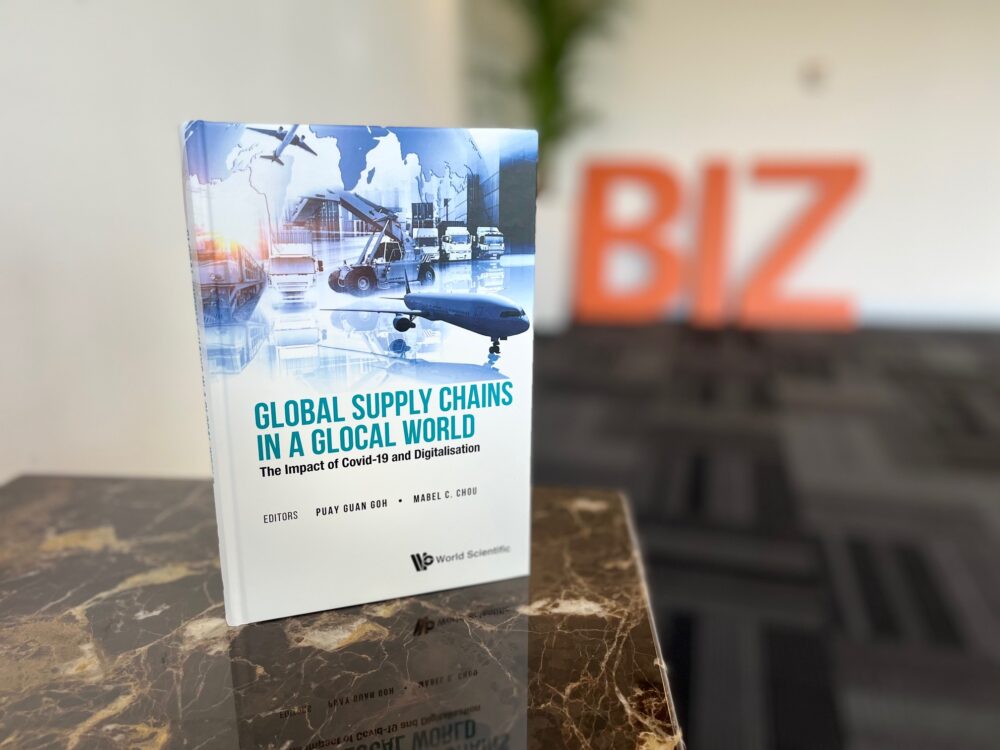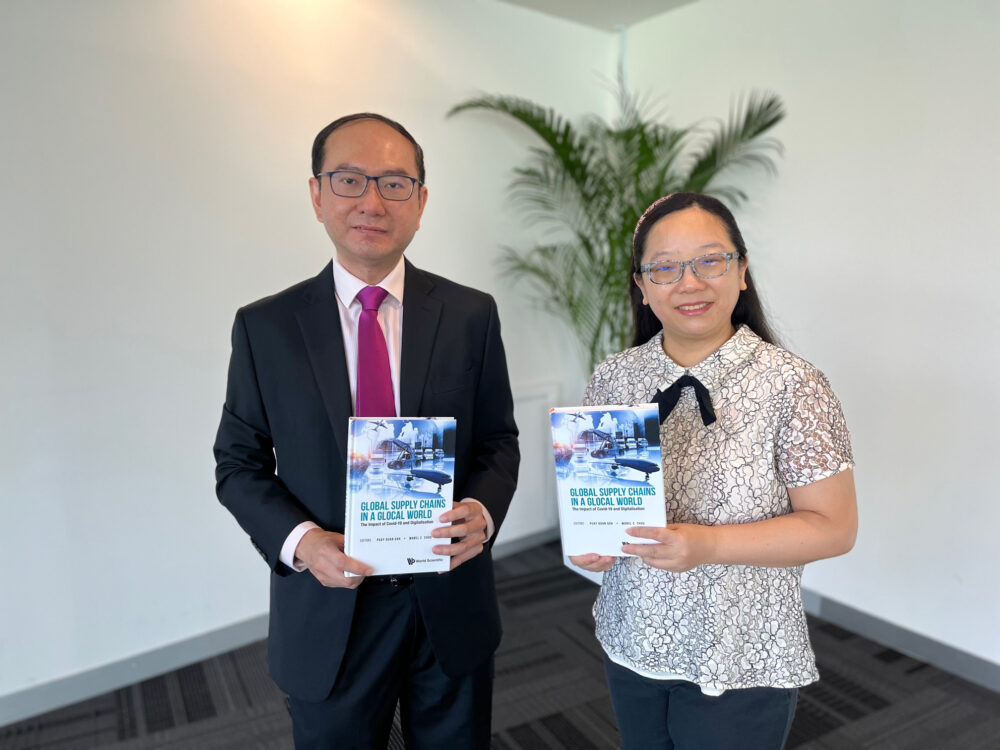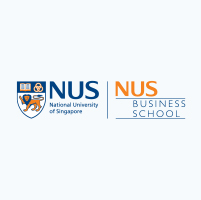A new book co-edited by Associate Professor Goh Puay Guan and Associate Professor Mabel Chou looks at how macroeconomic trends shape global supply chains and how companies in Asia are adapting.
Changes have been brewing in global supply chains. It started with the trade tensions between China and the United States, resulting in corporations near-shoring their operations. There were also calls for digitalisation. Then the COVID-19 pandemic hit and accelerated the changes. Amidst lockdowns, impaired cross-border labour mobility and higher freight rates, companies tried to pivot quickly to shelter their supply chains from the blows. The war between Russia and Ukraine led to harsher circumstances.
Against this backdrop, Associate Professor Goh Puay Guan and Associate Professor Mabel Chou, both from NUS Business School’s Department of Analytics and Operations, published their new book “Global Supply Chains in a Glocal World: The impact of COVID-19 and Digitalisation”.

The book sheds light on supply chain trends and how companies are pivoting amidst the changes.
“Supply chain disruptions mean consumers cannot get their products readily. This applies to food items such as coffee and milk powder, electrical items such as handphones, and even cars,” said Assoc Prof Goh. “These disruptions will continue, and companies need to anticipate changes, build resilience and diversify their sources. Our new book pins down these trends and offers creative solutions from companies who have transformed.”
The 376-page book gathers chapters from industry professionals and academics. The first six chapters bring readers to the changing global supply chain landscape. Global value chains have evolved over the years, and so have countries and their focus. Various countries in the region are not only looking to become alternative sites for manufacturing but also pushing for start-ups and technological innovation.
Within the supply chain industry, things are changing too. In the e-commerce age, warehouses need far more space and efficient designs. There are also lessons to be learnt from how food security, the fast-moving consumer goods (FMCG) industry and the cosmetics industry have become more resilient.

Assoc Prof Goh Puay Guan (left) and Assoc Prof Mabel Chou hope readers will gain insights on supply chain resiliency.
In the book’s third section, five chapters cover companies’ use of technology and digitalisation during the pandemic. This includes how 3D printing is used to make medical equipment, how fashion retailers use technology to deal with sustainability issues and safe distancing, digital healthcare solutions, the outlook of the shared micro-mobility industry (such as bicycles, e-scooters and e-bikes) and the change in consumer behaviour.
Assoc Prof Chou said, “The pandemic reshuffles the way society works. Businesses face monumental challenges, but in spotting the gaps in their operations and supply chains, they also gain the chance to change their processes, close the gaps, and make the business stronger, innovative and more resilient. We hope readers will gain insights from our book and turn supply chain challenges into opportunities.”
The book can be bought from World Scientific.






